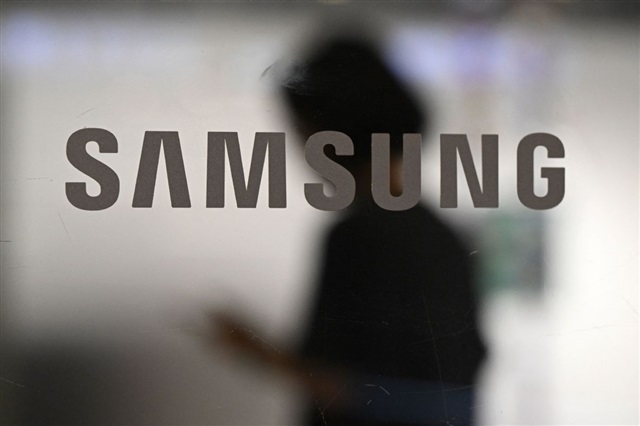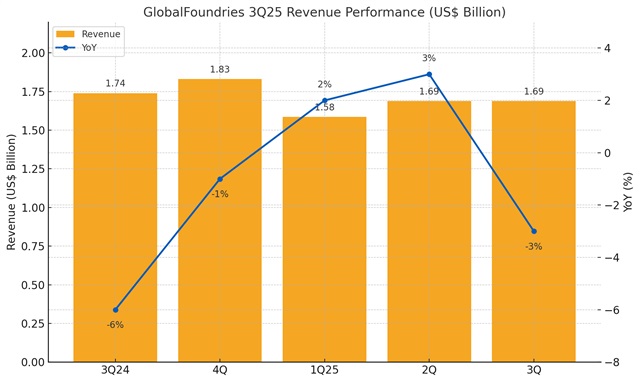
Nvidia sees clear visibility to US$500 billion in revenue from its Blackwell and Rubin platforms through the end of 2026, with AI infrastructure demand continuing to outstrip supply as clouds remain sold out and the company's entire GPU fleet—spanning Blackwell, Hopper, and Ampere—runs at full utilization.
At the same time, Nvidia revealed disappointment over its inability to sell more H20 chips into China due to geopolitical restrictions, calling it a missed commercial opportunity in an increasingly competitive local market.
At the latest earnings call, CFO Colette Kress said that Nvidia now has line of sight to US$500 billion of revenue from its Blackwell and Rubin platforms from the beginning of this year through the end of calendar year 2026. She noted that demand for AI infrastructure continues to exceed expectations, with clouds fully sold out and their GPU installed base—encompassing both new and previous generations, including Blackwell, Hopper, and Ampere—fully utilized.
Kress added that the underlying forces supporting this momentum remain exceptionally strong. She explained that Nvidia continues to observe all three scaling laws—pre-training, post-training, and inference—as remaining intact, contributing to what she described as a positive virtuous cycle in which more compute enables better intelligence, which then accelerates adoption and expands profits.
The company's product roadmap also points to sustained momentum, not speculation. Blackwell gained further traction in the third quarter as GB300 shipments surpassed GB200, accounting for roughly two-thirds of total Blackwell revenue. Hopper, now in its thirteenth quarter since launch, still contributed about US$2 billion, underscoring the longevity of Nvidia's platforms. Meanwhile, the Rubin platform remains on schedule to ramp in the second half of 2026. Powered by seven chips, the Vera Rubin architecture is expected to deliver another "X-factor" leap in performance beyond Blackwell.
Kress confirmed that Nvidia is firmly tracking its previously announced forecast of US$500 billion in cumulative Blackwell and Rubin revenue through the end of 2026. The company has already shipped US$150 billion worth of these products, including US$50 billion in the most recent quarter alone, and expects to fulfill substantial additional orders in upcoming periods. The breadth of orders, she noted, shows that the demand curve is broadening across cloud service providers, enterprise customers, and AI startups.
Despite this rapid scaling, Nvidia said it remains committed to maintaining gross margins in the mid-seventies. Kress acknowledged that rising input costs—affecting substrates, advanced packaging, and other components—are a challenge for the industry. Nvidia's products rely on complex, multicomponent systems, making cost control inherently difficult. However, she highlighted ongoing efforts to improve cost structures, reduce production cycle times, and carefully manage product mix to sustain profitability even as volumes continue to rise.
Geopolitical frictions, however, are limiting Nvidia's ability to serve China, historically one of the world's largest markets for data center GPUs. The company recorded about US$50 million in H20 revenue in the quarter, far below expectations. "Sizable purchase orders never materialized in the quarter due to geopolitical issues and the increasingly competitive market in China," Kress said. She added that Nvidia was "disappointed in the current state that prevents us from shipping more competitive data center compute products to China," but emphasized the company's commitment to continued engagement with both the US and Chinese governments.
Stay up to date with the latest in industry offers by subscribing us. Our newsletter is your key to receiving expert tips.

As the global memory shortage intensifies, Innodisk chairman Randy Chien stated that the trend for 2026 will be simultaneous shortages in DRAM and NAND Flash, while edge AI applications take off. With

In observing surging DDR5 prices, securities analysts predict that DDR5 profits in 2026 could surpass those of HBM. According to Newsis, Samsung Electronics raised contract prices for DDR5 modules by

GlobalFoundries forecasts stronger results for the fourth quarter of 2025, saying robust demand from automotive and data center customers is expected to offset continued weakness in the smartphone mar